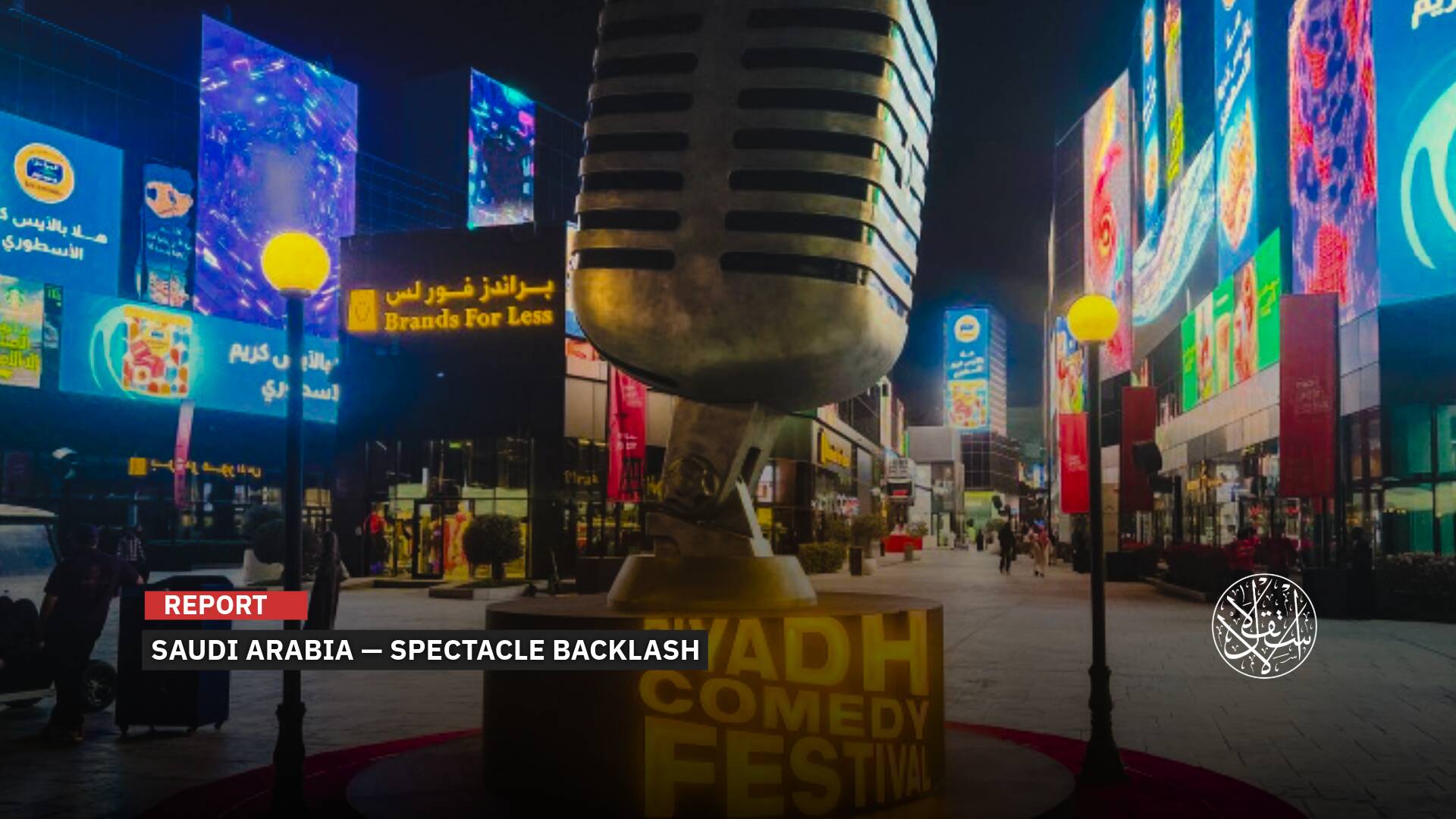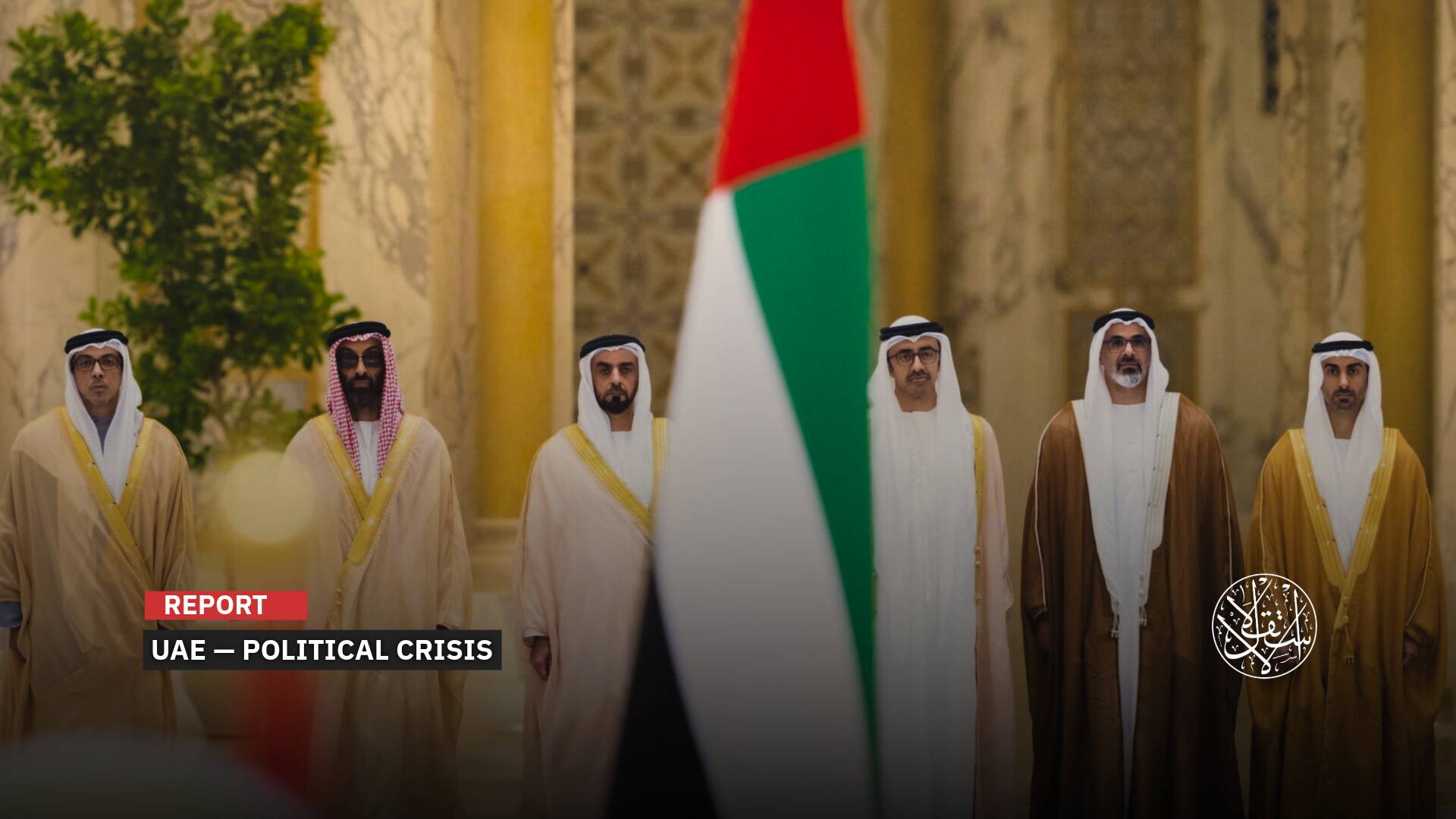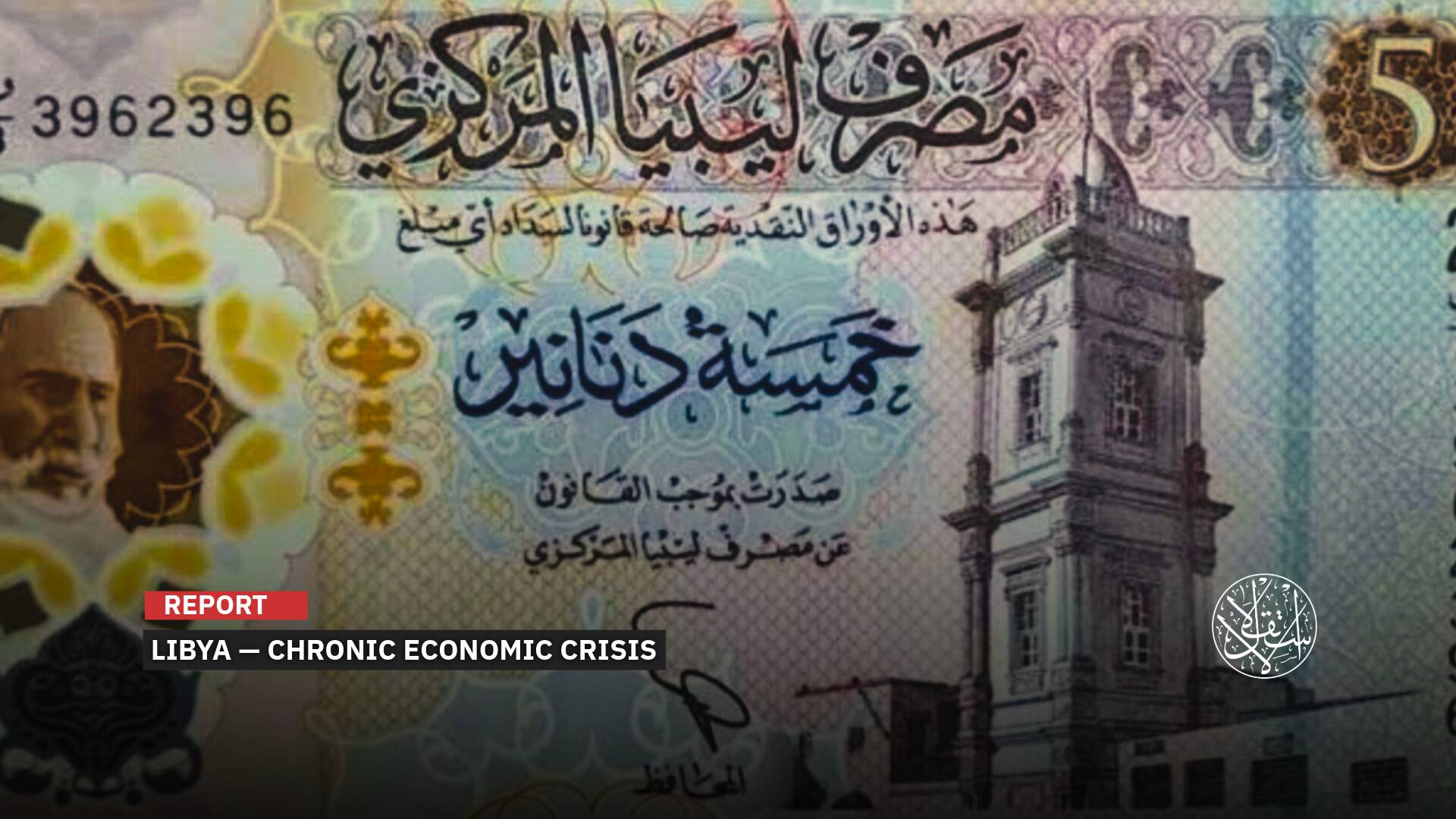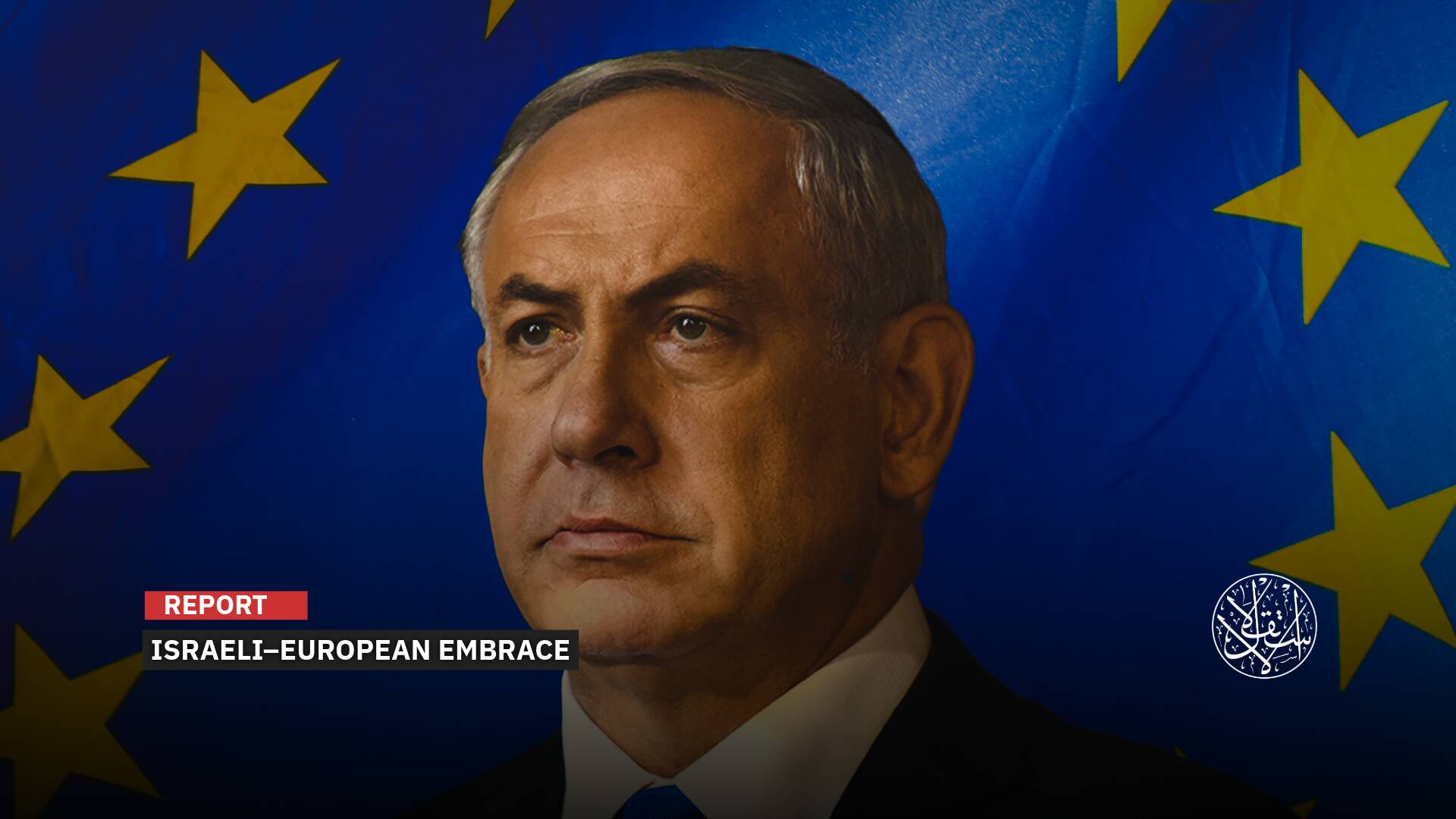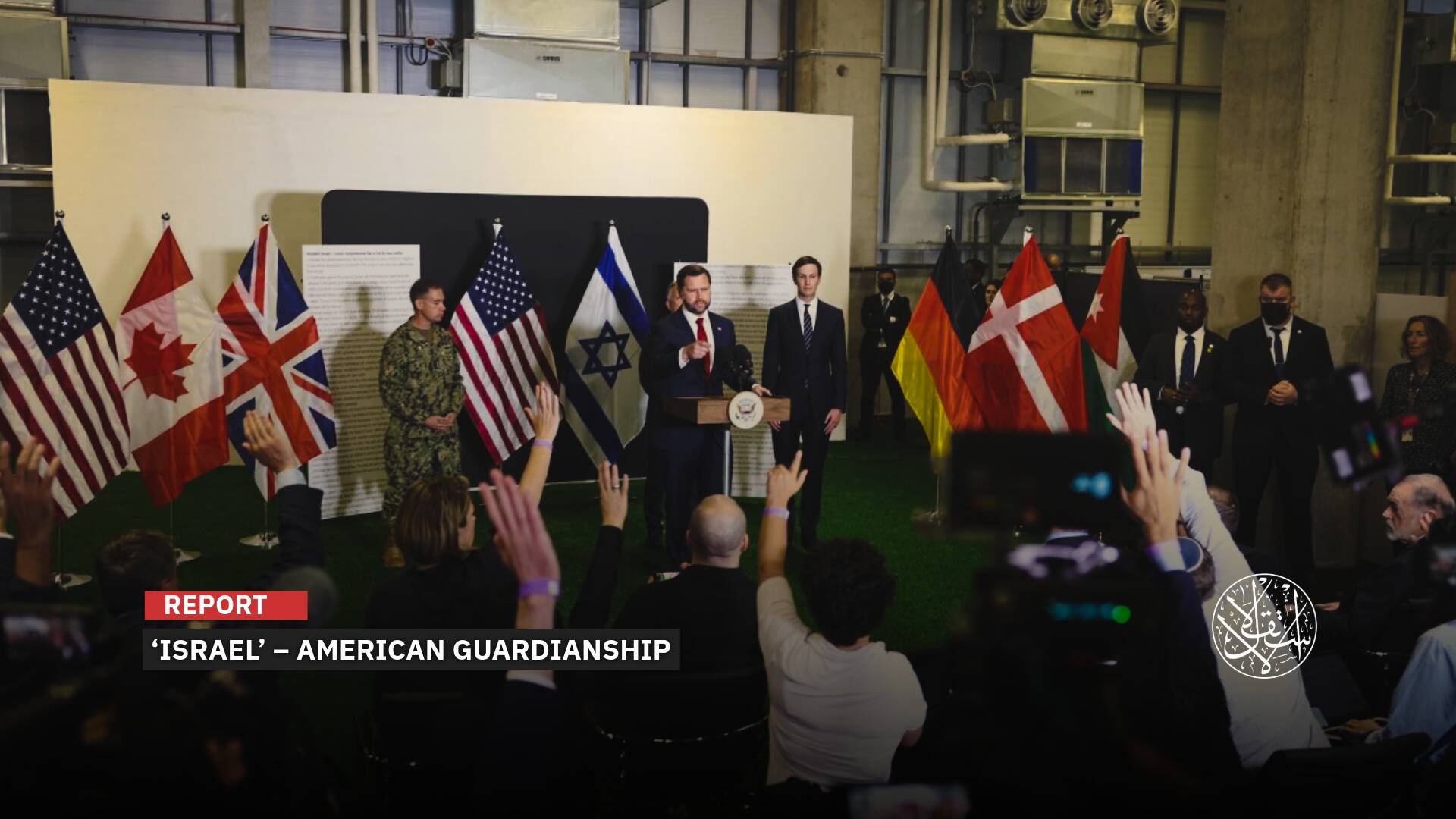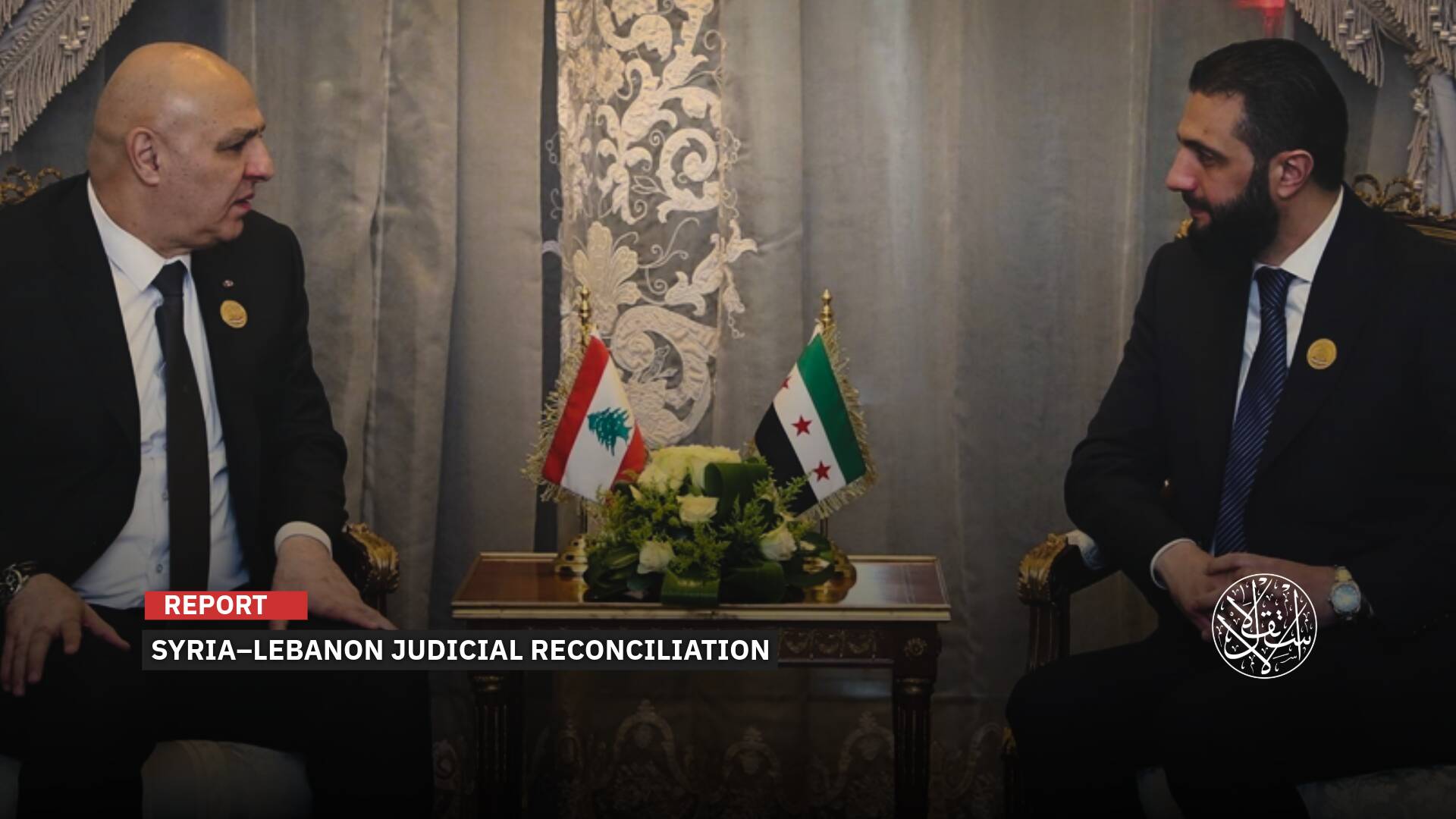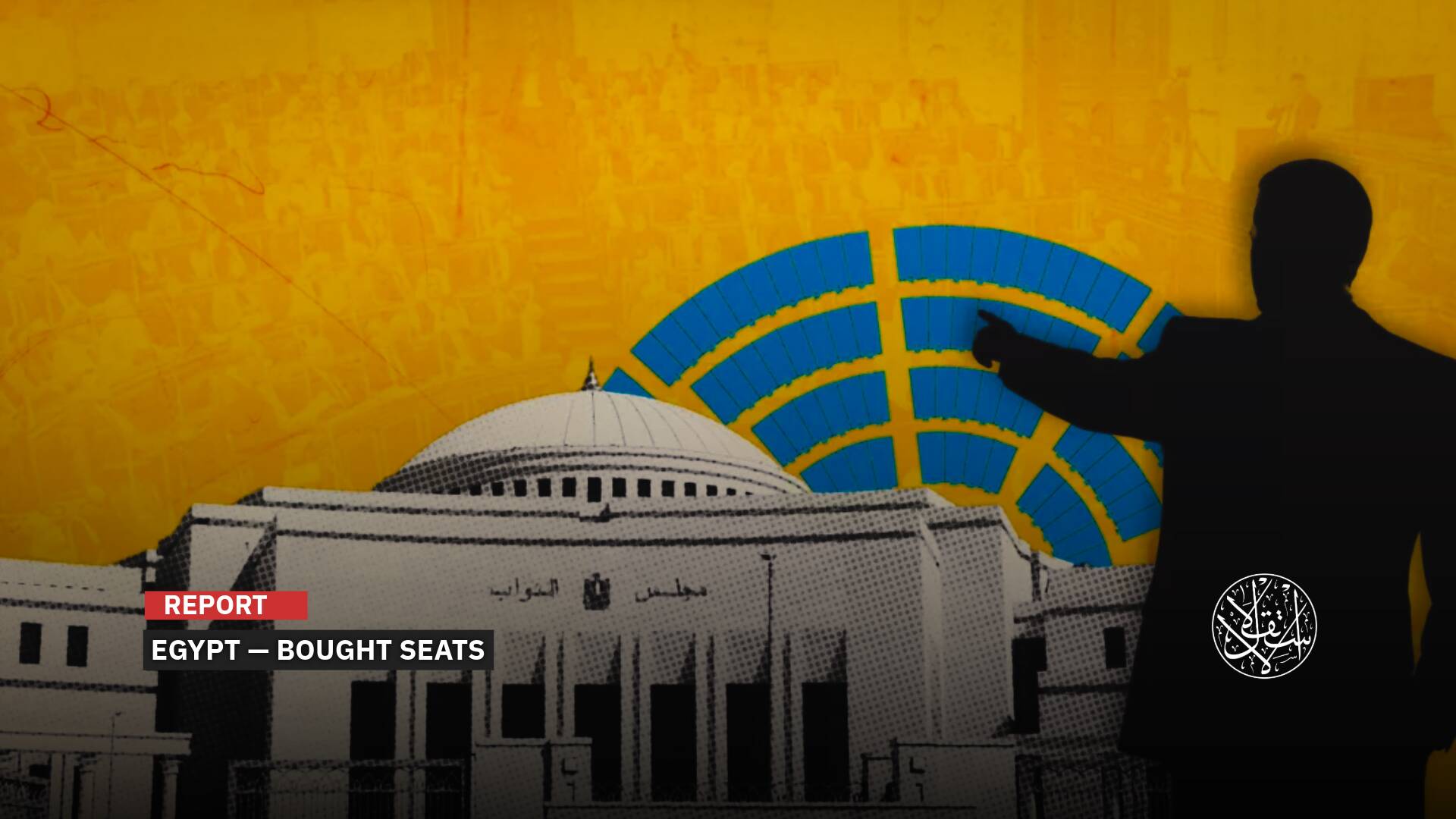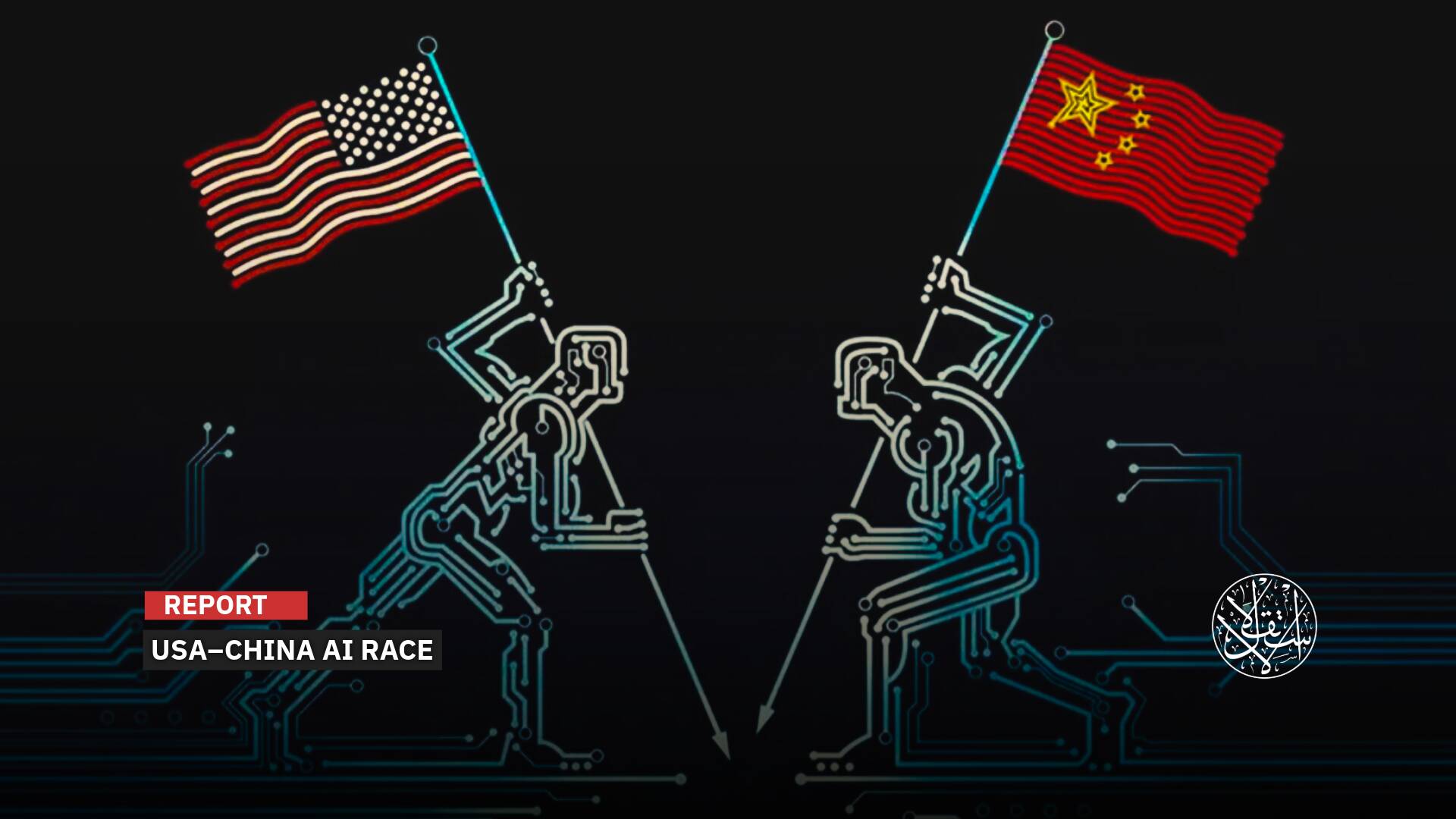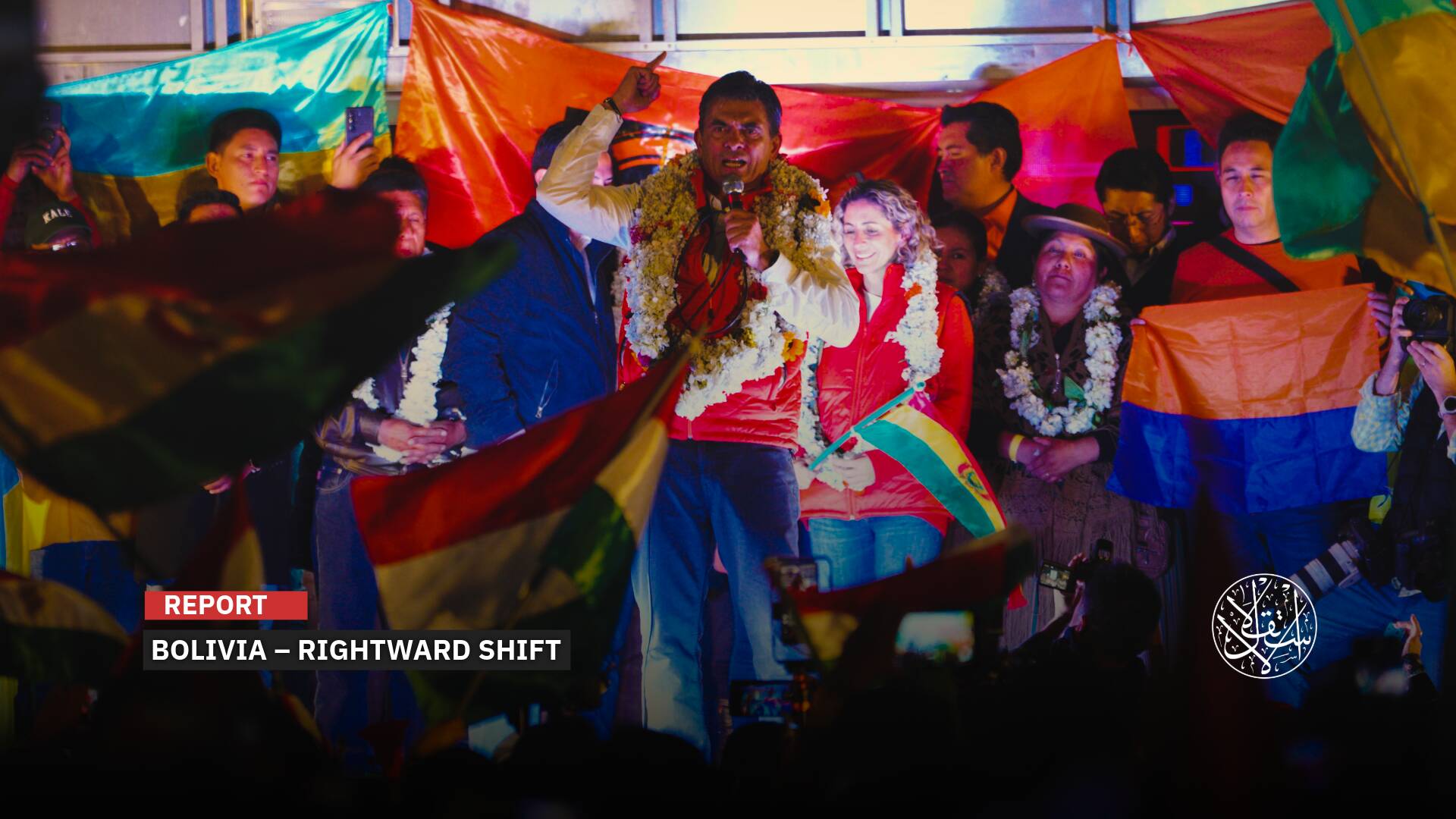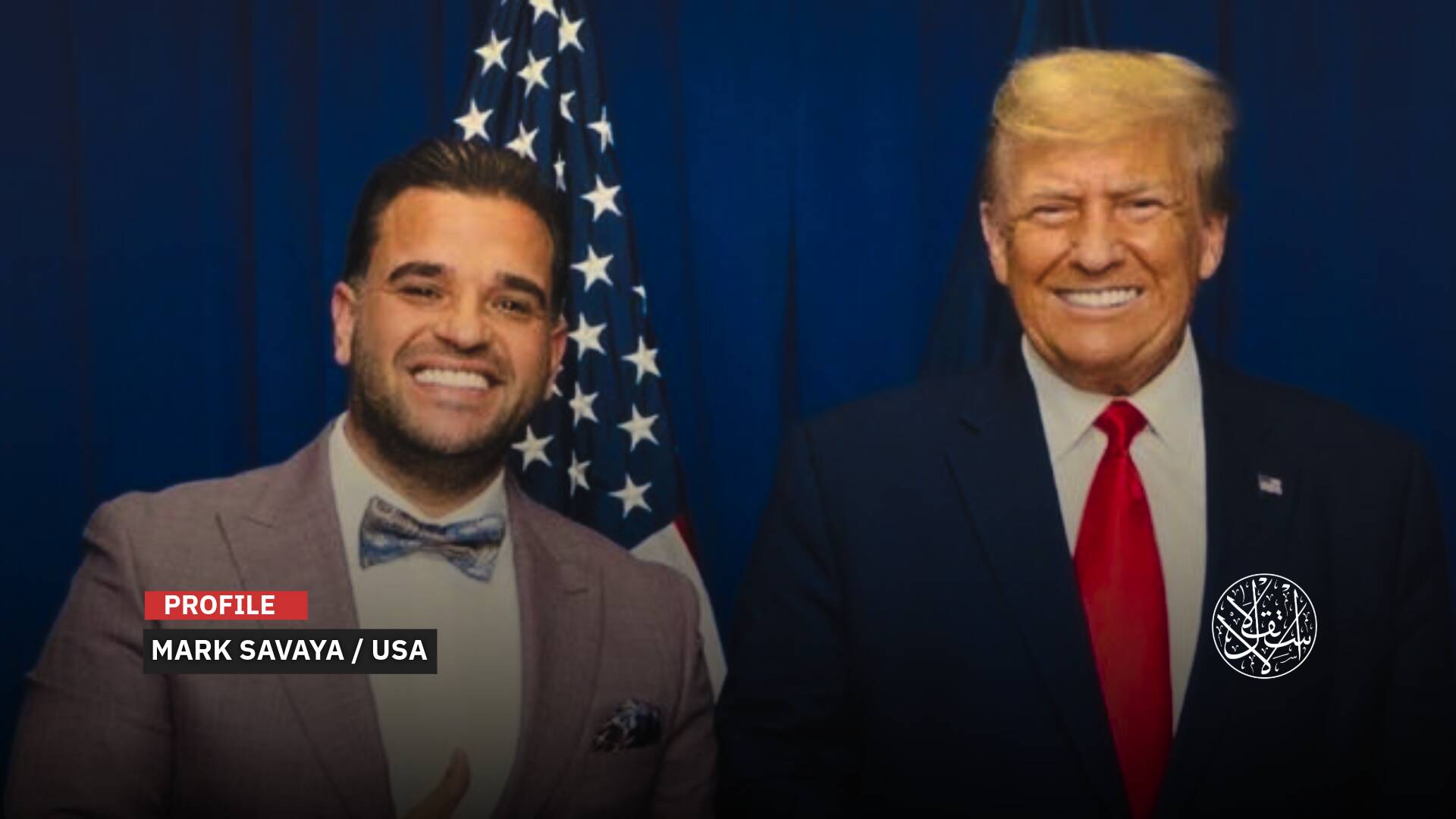Has the Iranian Spring Begun? A History of Protests Against the Mullah Regime Predicts a New Revolution
.png)
The scenes of the killing and suppression of protesters in Iran during the protests that erupted in rejection of the death of the young woman, Mahsa Amini, on September 16, 2022, brought back memories of the revolution (1978-1979) and the repression that the people were subjected to at the hands of successive regimes.
The young woman, Amini, was in a normal daily activity before the morality police detained her in protest of her dress, and she died a few days later in a hospital in the capital, Tehran.
Soon the atmosphere flared up, and the regiments took to the streets and squares, and the protesters immediately demanded the overthrow of the regime and the end of the existing republic.
The authorities confronted these protests with severe repression that led to deaths and restricted the ability of Iranians to use the internet.
Iran Human Rights (IHR), a non-profit human rights organization, announced the killing of about 50 people as of September 24, 2022, and the numbers are constantly increasing as a result of the fierce security confrontations with the protesters.
That case opened the door to the history of repression in Iran and how the Supreme Leader and the government faced the turmoil and political rejection of their method of governance.
Iran has a fierce and multiple security apparatus, from the intelligence to the Revolutionary Guards, as well as the police, with the paramilitary units (Basij), which makes the correction and change difficult and full of blood and victims.
Mashhad Revolution
Mashhad is the second largest city in Iran in terms of area, and one of the most important religious cities in the republic, so it has a special status with the regime and citizens.
In 1992, it witnessed massive uprisings, as people protested against their harsh living conditions, such as widespread poverty and high prices.
These protests were the first of their kind during the reign of Ayatollah Ali Khamenei.
The tragedy began when the government, led by the cleric, Ali Akbar Hashemi Rafsanjani, decided to demolish some houses in the city's neighborhoods, under the pretext that they were random and against the law, but the truth was that it was a punishment against the people of Mashhad.
At that time, tens of thousands of city residents took to the streets and clashed with municipal officials who began demolishing homes.
In one of the demolition sites, there was a woman who refused to leave her house, so it was demolished on her head, which provoked the indignation and anger of the citizens, according to the local newspaper, Tabnak, which recalled the date of these events in its issue issued on September 28, 2020.
At that time, widespread riots began. Residents set fire to police stations and government institutions and destroyed some public properties.
After the situation completely broke out, the government ordered the Revolutionary Guards to intervene in Mashhad to confront the protesters.
This was the first time in the history of the republic that the Revolutionary Guard intervened to suppress internal protests.
Since then, the intervention of that military faction has increased in every uprising or protest that occurred, and the role of the Basij forces, which crushed the Mashhad protests forcefully, using knives, sticks, and batons, was not lost.
As the situation worsened, the Iranian Supreme Leader, Ayatollah Ali Khamenei, spoke in sharp statements, describing the protesters in Mashhad as like rotten weeds in the land that must be mowed and uprooted immediately.
The media was absent at the time, which made it difficult to determine and know the number of victims. However, according to local newspapers, the number exceeded dozens, and 300 protest leaders were tried with deterrent sentences and imprisonment for many years.
Immediately after eliminating the protests, the Revolutionary Guards formed two brigades, Ashura and al-Zahra, to confront protests and rebellions in cities.

University of Tehran
The University of Tehran, the largest and most prestigious Iranian university, was established in 1934 and has about 50,000 students.
In June 1999, the university witnessed massive protests by students during the era of President Mohammad Khatami.
The main reason for the protests was the regime's ban on publishing the reformist newspaper Salam.
A large number of university students and supporters of reform gathered, declaring their rejection and sit-in.
These students could not have imagined that their move would be faced with unprecedented cruelty.
They were surprised by a militia called Ansar Hezbollah, a supposedly civilian organization close to the hierarchy of power and Khamenei himself, storming the university housing for protesting students.
Not only that, but the militia killed 7 students, in addition to hundreds of wounded and detainees.
The shock occurred as a result of the tragic accident, people in the capital, Tehran, and various cities protested against the student movement.
Protesters burned pictures of the supreme leader, Ayatollah Ali Khamenei.
As usual, the Revolutionary Guards and Basij forces descended and crushed the protests forcefully.
One of the most prominent results of the protests was the dismissal of the leaders of the student movement who sponsored the protests and the arrest and trial of a number of other residents.
Khamenei justified the violence of the forces under the pretext of protecting the Iranian revolution and the Islamic Republic and that there are those who are trying to distort the role of the Revolutionary Guards, the Basij, and the judiciary to stir up sedition.

Iranian Spring
In 2009, Iran witnessed historic presidential elections and fierce competition between the so-called reformist and conservative currents.
The result was President Mahmoud Ahmadinejad's second term, and he was considered conservative.
At the time, his rival, Mir Hossein Mousavi, accused the authorities of rigging the elections in favor of Ahmadinejad, who was then close to the supreme leadership.
Mousavi's allegations of fraud caused millions of reform supporters to take to the streets in what was known as the Green Movement protests, also called the Iranian Spring.
These protests were considered the largest in the history of the republic since its inception and the largest since the outbreak of the Iranian revolution in 1978.
Naturally, the Revolutionary Guards moved, and forces from the army descended with the Basij and all the security services to quell these unprecedented massive protests.
Indeed, Khamenei came out in a televised speech, calling for an end to what he called sedition, saying: "If these protests do not end as soon as possible, you are responsible for the chaos and the consequences."
At that time, the security forces dealt very violently with the Green Movement and opened fire directly on the participants.
The opposition announced that more than 70 people were killed, thousands were arrested, including senior reformists, and several people were executed.
After crushing those protests, the Revolutionary Guard established its own intelligence organization, as well as several private security arms that monitor and suppress protests before they aggravate.
Then the security grip increased, which extended to blocking social media (Facebook, Twitter, and YouTube), which has continued to this day.
The government also started creating a national internet to separate Iranians from the global internet, which made it easier later to withhold any information coming out of Iran in the event of protests similar to what happened previously.

Unprecedented Violence
The fierce measures of the regime did not prevent the outbreak of continuous protests due to the deteriorating political, economic, and social conditions.
On November 15, 2019, about 200,000 citizens took part in anti-government protests due to rising prices and fuel.
The Supreme Leader described the protests as a very dangerous plot.
Fuel protests spread quickly, reaching 100 cities, and buildings, government institutions, religious schools, and gas stations were burned.
The protesters chanted, condemning Khamenei's rule and wishing for the return of Shah Mohammad Reza Pahlavi again to rule (i.e., the return of their country to the monarchy).
Reuters reported that the level of violence in the face of these protests was completely unprecedented and that 1,500 citizens were killed by the Revolutionary Guards.
"Thousands of protesters were arrested, and quick death sentences were issued to some of those who participated in these protests, by identifying them from the cameras in the streets," it added.
In May 2022, an apartment building collapsed in Khuzestan province, southwest of Iran, killing 34 citizens.
As a result of the collapse, protesters chanted anti-government slogans in most cities, including the city of Abadan in Khuzestan.
The collapse of the building has blamed the regime and accused it of costly corruption.
The police confronted the protests, arrested dozens of people, and prevented citizens from reaching gathering places or the main streets, specifically in Khuzestan.

Republic of Fear
Iranian opposition activist, Marzia Rezaei, said: "In recent years, the police or any security agency can easily arrest you, interrogate you, then arrest and threaten you and all your family members."
In a statement to Al-Estiklal, Ms. Rezaei pointed out that "the current situation is not much different from the time of the Shah in terms of basic rights and freedoms."
"Indeed, it was perhaps in the time of the Kingdom that it was less restrictive when politics was only the red line for the citizen, and at that time, the SAVAK—the Shah's intelligence service—or the police intervened to arrest," she added.
Ms. Rezaei continued, "Now, politics is not the only danger, but ideas, customs, and traditions, under the pretext they are contrary to religion and the divine orders represented by the Supreme Leader of the revolution."
She pointed out that "the government recognizes and legitimizes everything, through your clothes or your normal behavior, you can be tried, imprisoned, and subjected to severe punishments."

The opposition activist stressed that "the Iranian revolution took place for the sake of freedom and independence, wondering if there is one person in the republic who feels free now?"
"Iranian youth travel to feel their independence and see the world from a different perspective, until the opposition's voices abroad increased significantly, a situation similar to what was happening before the revolution," she explained.
Ms. Rezaei concluded her speech by saying: "Today, the Iranian interior and exterior are in a state of great anger, and the situation could explode into a major revolution at any time as a result of small or major incidents."
Sources
- What Is the Impact of Iran’s Protests on the Post-Khamenei Regime?
- Mahsa Amini: Iran police say woman's death was unfortunate
- Iranian dissident: The mullahs' regime increased the executions of its opponents [Arabic]
- Iran: A long history of protests and bloody repression [Arabic]
- Rouhani: We will distribute the money for the increase in gasoline prices to sixty million people [Persian]
- A brief history of the protests in Iran since the Islamic Revolution [Arabic]


